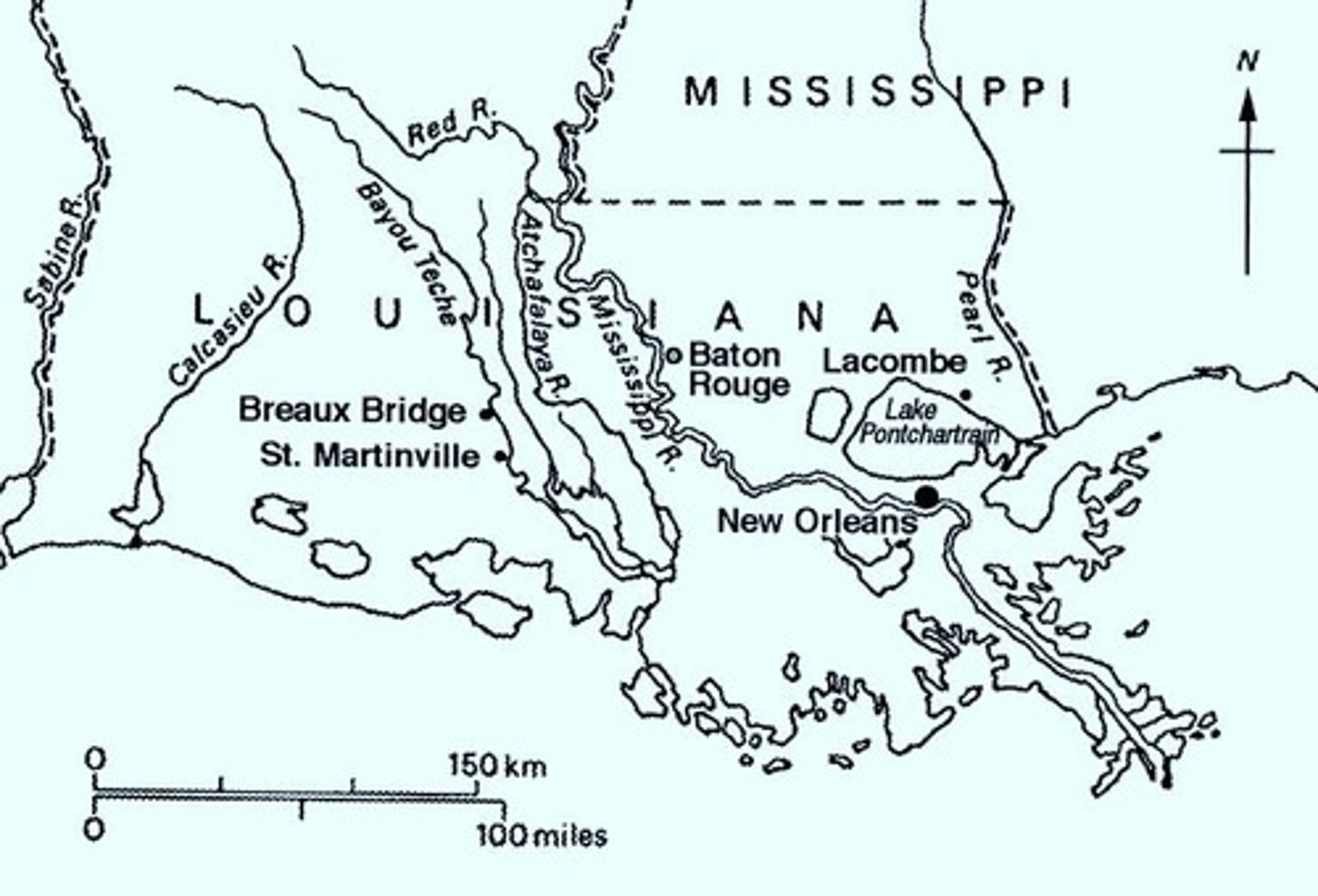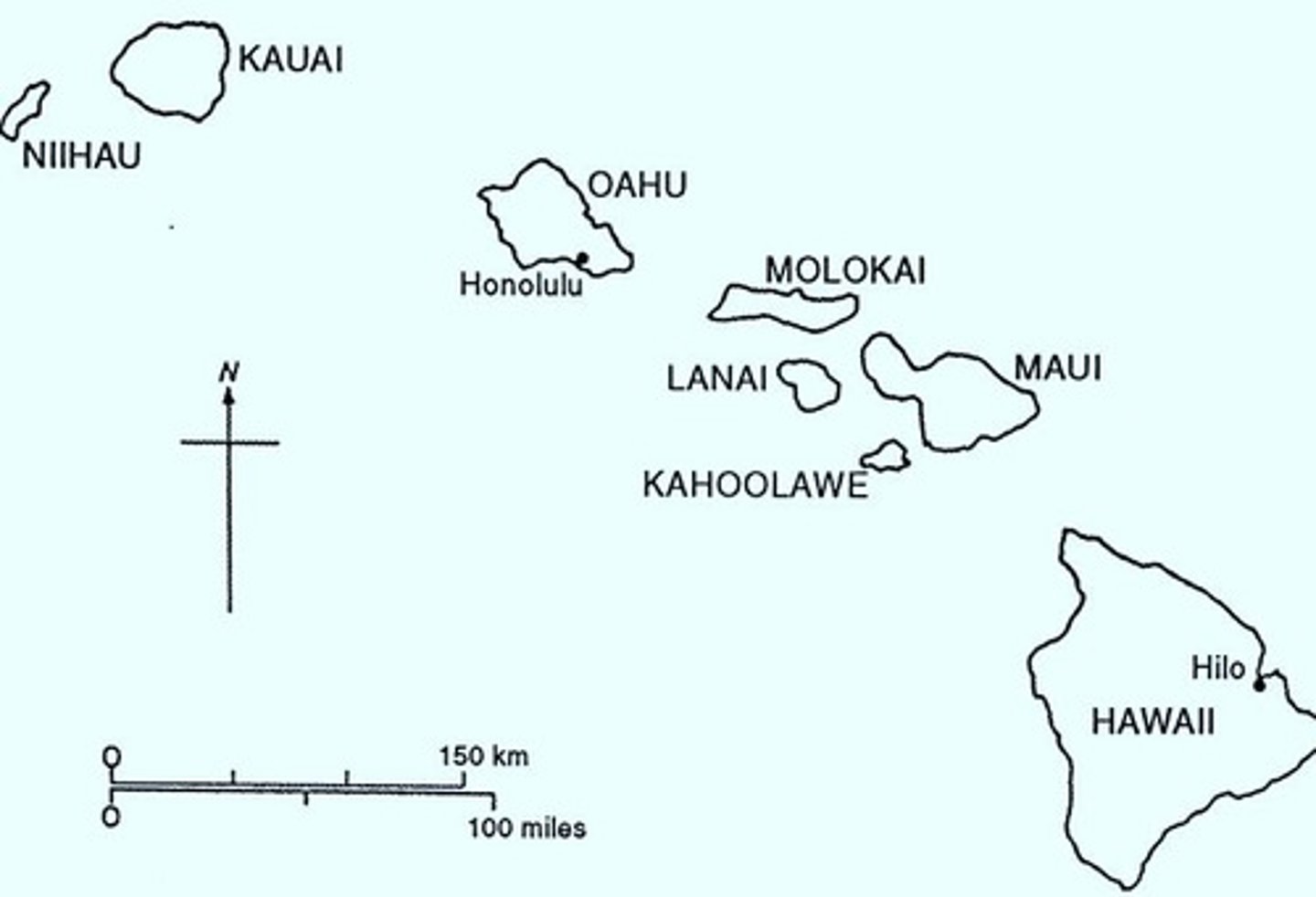Understanding Pidgin and Creole Languages
1/27
There's no tags or description
Looks like no tags are added yet.
Name | Mastery | Learn | Test | Matching | Spaced |
|---|
No study sessions yet.
28 Terms
Pidgin
A pidgin is a structurally simple communication system.
Formation of Pidgins
Pidgin creation happens very suddenly and includes two or more languages.
Characteristics of Pidgins
Pidgins generally lack a writing system and receive no official recognition.
Pidgin Vocabulary and Grammar
They're formed from a dominant vocabulary + a simplified version of the subordinate grammar.
Origins of Pidgins
Conquest, Trade, Slavery, War.
Example of Solomon Islands Pidgin
No tense marker; Superstrate: English; Pronominal attached to the verb; Substrate: Kwaio (Oceanic language); Possession expressed by a verb.

Creole Language
Creoles are languages that started as pidgins.
Nativization of Pidgins
If social conditions are right, children begin to adopt a pidgin as their native language.
Complexity of Creoles
Children impose regularity onto the language, causing it to be grammatically complex.
Natural Languages
Creoles ARE natural languages!
Native Speakers of Creoles
As any other natural language, creole languages have native speakers.
Social Change and Creoles
Creoles appear in a period of rapid social change among people with no common language.
Examples of Creole Languages
Louisiana Creole (U.S.), Hawai'ian Creole (U.S.), Gullah (U.S.), Haitian Creole (Haiti), Tok Pisin (Papua New Guinea), Jamaican Creole (also called Patois or Patwa).
Roper River Creole Example
De bin alde luk dat big tri. 'They always looked for a big tree.'
Saramaccan Example
Mi puu tu dusu kölu bai ën. 'I paid two thousand guilders to buy it.'
Gullah Superstrate and Substrate
Superstrate: English; Substrate: African languages.

Gullah Historical Context
African slaves brought to coastal South Carolina in the 18th century to work the new rice fields and indigo.

Gullah Example
Rawn mawt ayn for whisel. If yu had lõ mawt laka mayn yu kuda whisel. 'A round mouth is not for whistling. If you had a long mouth like mine, you could whistle.'
Louisiana Creole Superstrate and Substrate
Superstrate: French; Substrate: African languages.
Louisiana Creole Historical Context
Slaves from West Africa (Senegal and Gambia) and the Caribbean were brought to work the farms and plantations along the rivers.

Louisiana Creole Example 1
French: Il est faible. LC: Li feb. English: 'He is weak.'
Louisiana Creole Example 2
French: Celui qui a rit le vendredi va pleurer le samedi. LC: Sila ki a ri vondi va plere somdi. English: 'He who laughs on Friday will cry on Saturday.'
Hawaiian Creole Superstrate and Substrate
Superstrate: English; Substrate: Cantonese, Tagalog, Hawaiian, Korean, Portuguese, Japanese.
Hawaiian Creole Historical Context
Very recent creole language: Late 1800s: A pidgin appears; Early 1900s: Addition of Chinese, Portuguese and Japanese to plantation work force.

Hawaiian Creole Example - Past Tense
Dey wen pein hiz skin 'They painted his skin.'
Hawaiian Creole Example - Future Tense
Yu gon trn in yaw pepa leit? 'Are you going to turn in your paper late?'
Hawaiian Creole Example - Negative without Verb
Mai sista nat skini. 'My sister is not skinny.'
Hawaiian Creole Example - Negative with Verb
Da kaet no stei in da haus. 'The cat isn't in the house.'